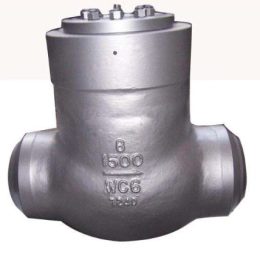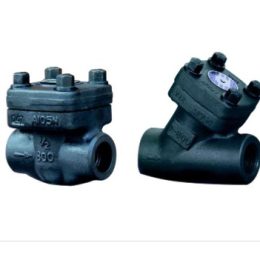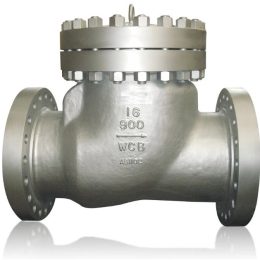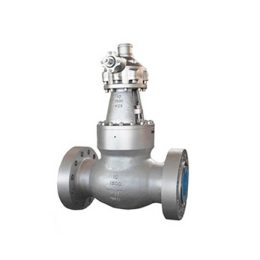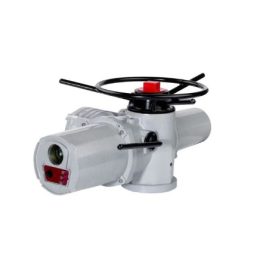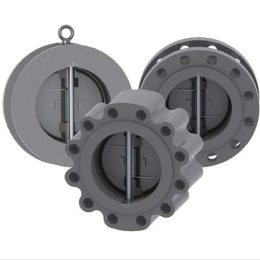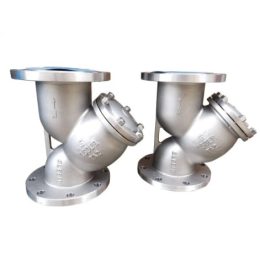How Swing Check Valves are Tested and Inspected: A Comprehensive Guide
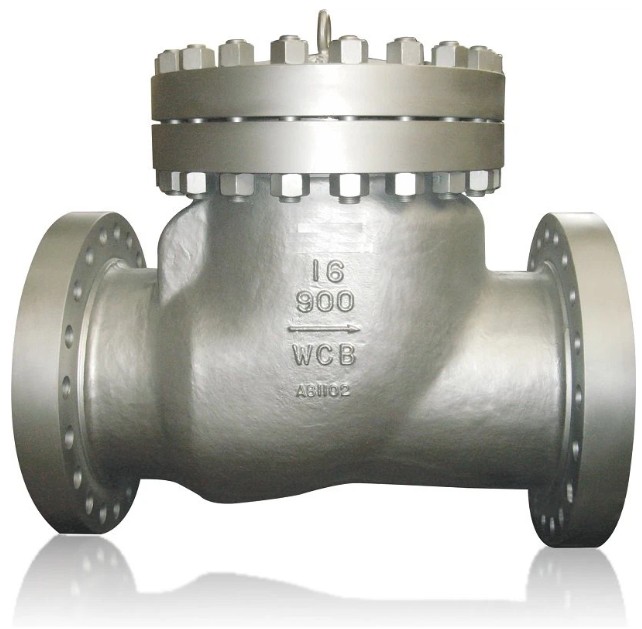
Swing-type check valves are widely used in wastewater, water, and industrial fluids applications to control fluid flow. They have a hinged disc that swings open and closed under pressure. These valves are commonly used for fluids with particles and come in metal-to-metal or resilient seated designs.
However, they are not designed to handle pulsating or abrupt flow reversals and may suffer from water hammering if not appropriately designed. If these valves malfunction, they can lead to leakage, pressure loss, contamination, or overflow of liquid.
Testing Swing-Type Check Valves
Swing check valves need to be tested extensively to ensure that they can withstand extreme pressures in both directions and simulate the environment they will experience throughout their service life. Below are some of the tests that are conducted to ensure the quality of swing-type check valves:
Hydro Testing
Hydro testing involves using a test pump and water supply to pressurize the piping system at a set pressure. This test ensures that all fittings have been securely connected, with no leaks that could cause issues during firefighting operations. It also guarantees that the piping system has been constructed and designed in accordance with applicable codes, which is essential in preventing standpipes or sprinkler systems from failing during a fire.
Swing-type check valves are tested for strength and sealing tests, bubble tests, backflow checks, and more. In Canada, pipelines known to be affected by SCC must undergo hydro testing at a pressure of at least 1.5 times their system working pressure with an additional hold time of several hours.
Pressure Tests
Pressure tests are conducted to ensure that swing-type check valves can open and close correctly under pressure. The test involves applying twice the operating pressure to assess the valve’s ability to withstand extreme pressures in both directions. Safety valve bodies and seats must be tested according to API 607, ISO 10497, BS 5146, and BS 6755 standards before the final delivery of the product.
Temperature Tests
Temperature testing is conducted to ensure that swing-type check valves can operate correctly under different temperatures. Technicians submerge the valve in an appropriate solution for an agreed-upon period to simulate the environment the valve will experience throughout its service life. The technicians then measure the temperature at two different points on the valve and report any leakages to the customer. These leakage rates are used to assess the quality of a valve’s design.
Cryogenic Testing
Cryogenic testing involves placing a valve in an insulated tank filled with liquid nitrogen at temperatures as low as -320degF (-196degC). Technicians monitor the valve’s performance and leakages throughout this process. Once depressurized and warmed back to ambient temperature, results can be reported.
Visual Inspection
Visual inspections are essential for spotting defects that could cause costly repairs and downtime. Technicians observe the inside of a valve body to look for any signs of damage. They may use non-destructive testing techniques to confirm wall thicknesses and detect small cracks or other surface irregularities. Another popular visual inspection technique for valves is phased array sequence scanning, which allows operators to examine the valve’s operation without exposing its body to harmful chemicals or other impurities.
Conclusion
Swing-type check valves are critical components in fluid applications. To ensure their optimal functionality, they must undergo various testing procedures to determine their quality, design, and performance under extreme conditions. Hydro testing, pressure testing, temperature testing, cryogenic testing, and visual inspections are among the tests used to guarantee the valves’ reliability and safety.
- Understanding the Industrial Applications of Socket Welding Check Valves
- “Understanding the Benefits of Trunnion Ball Valves for Efficient Fluid Regulation”
- Introduction To The Protection Of Valve Corrosion
- Valve Use in Steam Pipe Networks
- Trunnion-Mounted Ball Valve: Benefits and Limitations
- “Ensuring Industrial Safety and Performance with Actuator Valve Testing Methods”
